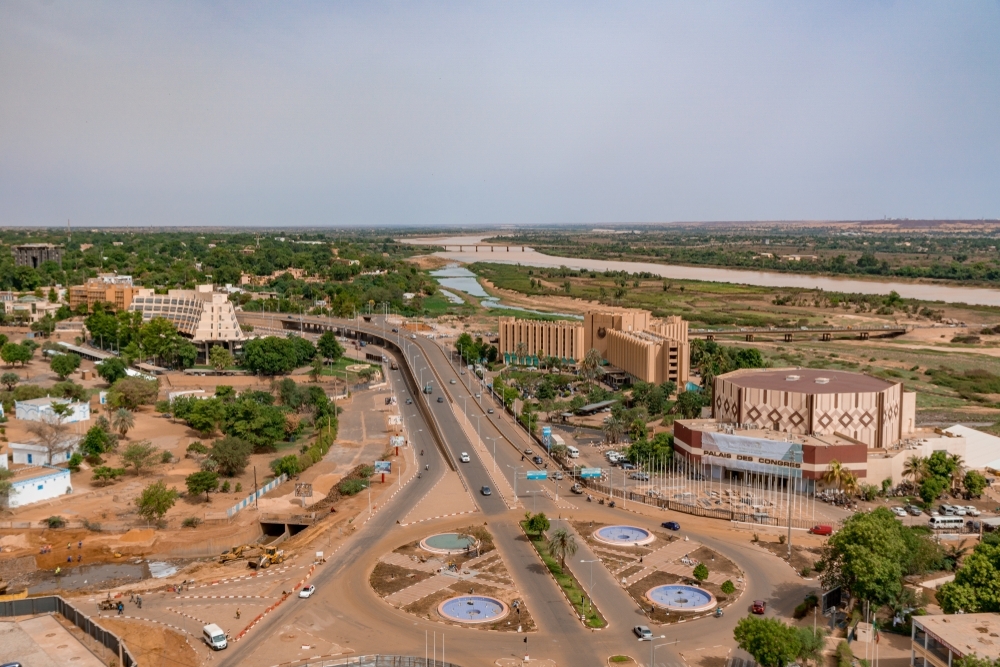Infrastructure projects in Africa – What to Expect
The World Bank believes that it will cost around $100 billion to give an additional 1.1 billion people in Africa access to the internet by 2030. To achieve this significant undertaking towards inclusive connectivity, infrastructure challenges first have to be addressed across Africa – resulting in the recent years’ infrastructure boom. According to an EY report, foreign direct investment was responsible for attracting $75.5 billion in capital to Africa. Of that, Telecoms, Media, and Technology (TMT) was the single largest sector attracting inbound investment in 2018. This article will look at exciting projects and plans that make part of the mass infrastructure roll-out.
What is driving demand for infrastructure investment?
- Approximately 70% of the population in sub-Saharan Africa is not connected to a broadband network.
- The majority of the African population does not have access to a network with 4G speeds or above, while many areas fall outside the reach of 4G networks.
- Gaps in terrestrial fiber remain significant, indicating that it should be a priority to densify metro networks beyond capital cities.
- Content-hosting data center infrastructure needs to be boosted to allow for the development of local digital services.
- Voice-based solutions and applications need to be built to reach the illiterate population of 36%.
- A digital ecosystem needs to be developed, which means that investment in basic digital skills and local content is required in the region.
Infrastructure projects in Africa taking center stage
Submarine cables
- Google’s Equiano subsea cable system running along the west coast of Africa will provide 20 times the capacity of its predecessor. The Equiano will also be the first subsea cable that will utilize optical switching instead of wavelength-level switching.
- Facebook has also announced that it will be building a comprehensive subsea cable with a consortium, which will be known as the 2Africa cable. The 37 000km system, which will be one of the world’s largest, is expected to connect 23 countries in Africa, Europe, and the Middle East by 2023/2024. 2Africa should help Africa’s efforts to drive down bandwidth costs and enable Facebook to sign up more new users.
Data center infrastructure
- Critics in the industry are concerned that Google has not yet invested in Africa’s infrastructure projects for when Equiano goes live.
- Microsoft launched two data center regions in South Africa in 2019 but is yet to build its own subsea assets that connect to Africa.
- Amazon has followed Microsoft’s lead, adding three new data center infrastructure regions in South Africa.
While telecoms infrastructure is booming, African countries are still trying to address access to connectivity. 4G and 5G networks need to be built to connect millions of people, which will create a domino-effect of demand for terrestrial fiber networks and satellite. To achieve the World Bank’s vision of providing universal access to connectivity by 2030, more than 200 000 new 4G base stations will need to be built. A minimum of 250 000 km of new fiber will also have to be created in the region. Select markets such as South Africa, Nigeria, and Kenya are currently underpinning the majority of the continent’s investment activity and transactions. Meanwhile, Ethiopia has started to open its telecom market, which will likely attract new investors to set their sights on the country.
If you would like to discuss connectivity infrastructure projects with a reliable internet service provider in Africa, contact AFR-IX telecom today.





